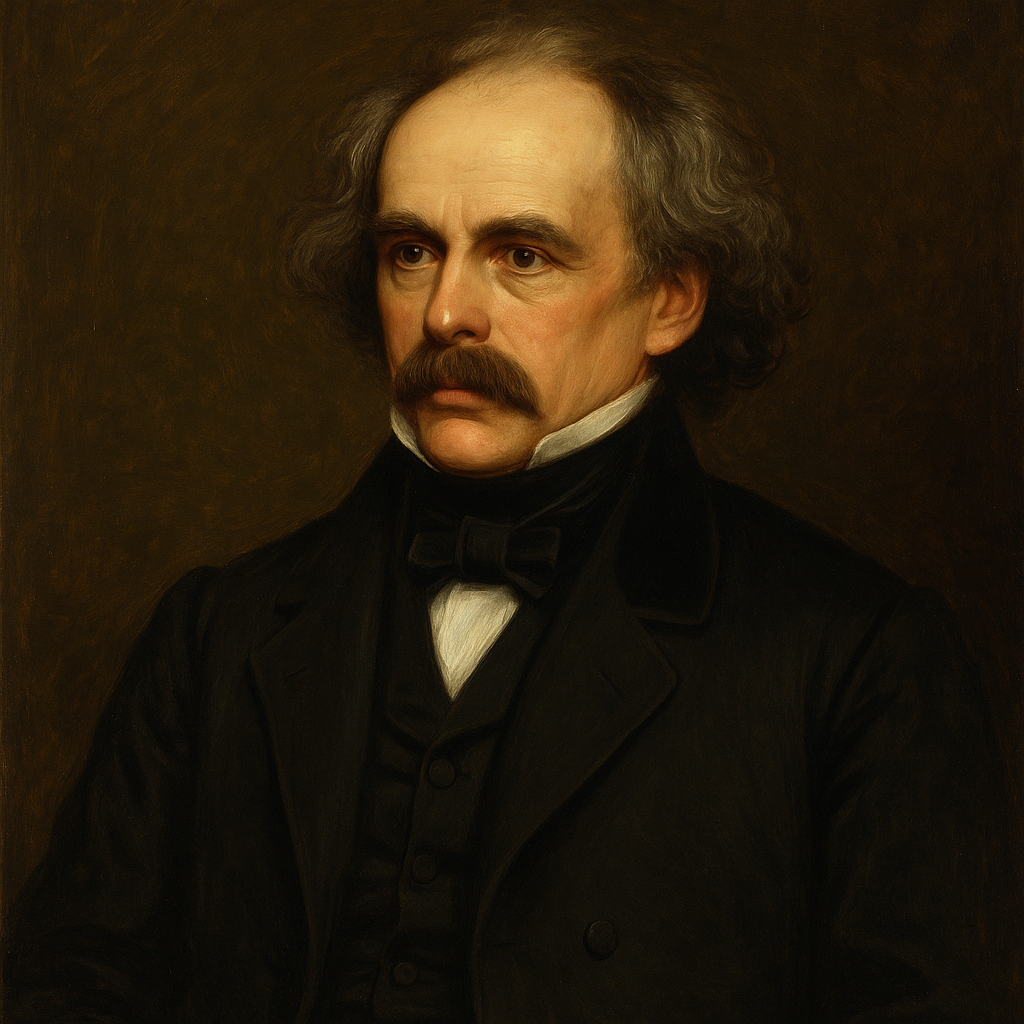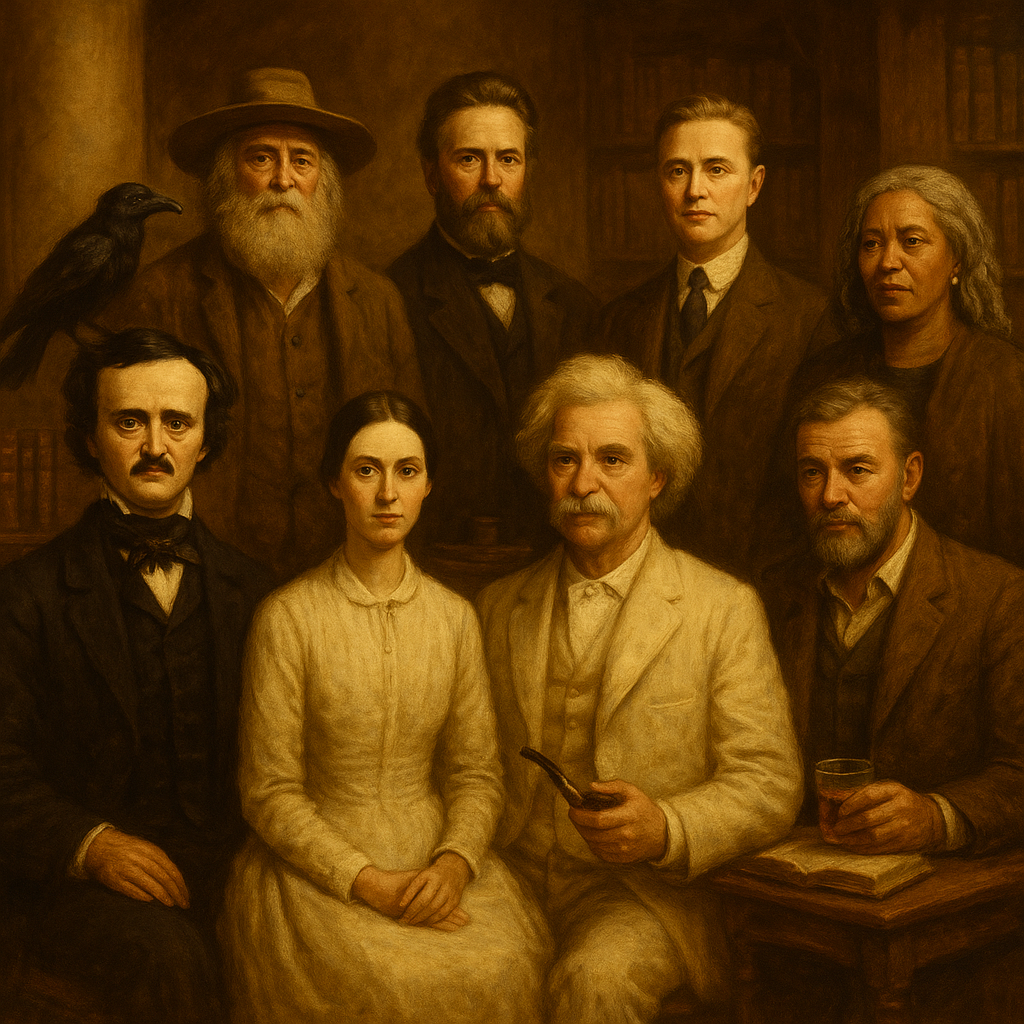Nathaniel Hawthorne and American Literature
Introduction
Nathaniel Hawthorne and American literature are closely connected through his timeless themes and symbolic storytelling. His works reflect the deep moral and psychological complexities of 19th-century New England. Nathaniel Hawthorne and American literature together showcase the transformation of early American fiction into a serious art form. This article explores his life, literary style, and the lasting legacy he left in American culture.
Early Life and Background
Nathaniel Hawthorne was born in Salem, Massachusetts, in 1804. His family’s Puritan roots had a strong impact on his writings. After graduating from Bowdoin College, he devoted himself to writing. During these early years, he developed the themes that would define his future work. He struggled financially, yet remained committed to literature.
Hawthorne’s Historical Influence
Nathaniel Hawthorne and American literature became more intertwined through his exploration of the nation’s Puritan past. His deep awareness of guilt and sin shaped characters that struggle between societal expectations and personal desires. This focus on morality and inner conflict influenced many later American writers. While he respected the historical context, he questioned its values through fiction.
Themes in Hawthorne’s Work
Several major themes run through his novels and stories. Guilt, sin, and the complexities of human nature are central to his narratives. He often set his stories in Puritan New England, a backdrop filled with strict religious values. Nathaniel Hawthorne and American literature reach a critical point where morality and symbolism merge in powerful ways. His writing often challenges readers to examine their beliefs.
Symbolism and Allegory
Hawthorne’s stories are filled with symbolism and allegory. The scarlet letter in his famous novel stands for more than just shame. It represents a complicated mixture of sin, strength, and identity. His symbolic use of objects and characters adds depth to his storytelling. Nathaniel Hawthorne and American literature both advanced through these rich layers of meaning. Each element in his work carries multiple interpretations, inviting active engagement.
Notable Works
His most famous novel, The Scarlet Letter, explores the effects of sin and guilt in a Puritan community. The House of the Seven Gables looks at family curses and the burden of history. Young Goodman Brown and The Minister’s Black Veil reflect his fascination with hidden sin and public morality. Through these stories, Nathaniel Hawthorne and American literature evolved into more complex emotional and moral terrains.

Writing Style and Technique
Hawthorne’s prose is known for its rich descriptions and reflective tone. He often used third-person narration to explore his characters’ inner lives. The language is formal, yet deeply emotional. Many critics admire his balance of narrative and moral insight. Nathaniel Hawthorne and American literature grew more refined as he introduced psychological depth and subtle storytelling. His careful use of language draws readers into complex mental landscapes.
Today, his works are widely taught in American schools and universities. Students study his novels to understand the roots of American fiction. His influence is visible in the works of modern authors who explore themes of identity, morality, and society. Nathaniel Hawthorne and American literature are bound in the way his work shaped national consciousness. His texts remain relevant in discussions of morality and justice.
Hawthorne’s Legacy in Education
Hawthorne’s legacy in education remains strong across schools and universities. His novels are frequently included in American literature curricula due to their historical depth and moral complexity. Moreover, students analyze his themes of sin, guilt, and redemption to understand the cultural foundations of early America. Teachers often pair his works with discussions of Puritanism, symbolism, and American identity. As a result, Nathaniel Hawthorne continues to shape literary discussions and critical thinking in classrooms. Additionally, his clear moral inquiries provide ideal opportunities for exploring ethical dilemmas through literature. Even today, his influence extends beyond English departments, informing studies in history, philosophy, and theology. Consequently, educators value his texts for both their literary artistry and educational impact. Thus, Hawthorne’s contribution to American education endures, offering generations of students a deeper connection to national values and human nature.
Impact on American Writers
Hawthorne had a profound influence on writers like Henry James and William Faulkner. His psychological insight and symbolic style set a standard for American fiction. Later authors expanded on his methods to explore deeper themes. Nathaniel Hawthorne and American literature made a shift toward introspection and moral questioning. His legacy lives on in the stylistic choices of contemporary novelists.
Connection with Transcendentalists
Although closely connected with writers like Emerson and Thoreau, Hawthorne had mixed feelings about Transcendentalism. He admired their vision but remained skeptical of their optimism. His work reflects a more cautious and questioning view of human nature. Nathaniel Hawthorne and American literature showcase a balance between idealism and realism during this philosophical era. He offered a darker, more critical perspective on human potential.
Personal Life and Influence
Hawthorne married Sophia Peabody, a painter and writer. Their home life influenced his literary output. His time as a U.S. consul in England also shaped his worldview. Nathaniel Hawthorne and American literature intersect with international experiences and personal growth. Despite health issues later in life, he continued to write and reflect on the nature of truth and identity.
Religious and Moral Undertones
His Puritan ancestry deeply influenced his perspective on morality and religion. Many of his characters face ethical dilemmas that mirror real-life struggles. Hawthorne never preached but allowed readers to draw their conclusions. Nathaniel Hawthorne and American literature offered a platform for discussing faith, justice, and redemption in subtle but powerful ways. His moral lens adds lasting value to his work.
Criticism and Interpretation
Over the years, critics have viewed Hawthorne in various ways. Some focus on his dark view of humanity. Others admire his innovative use of symbolism. Feminist readings explore gender roles in his novels. Nathaniel Hawthorne and American literature remain central to debates about morality, identity, and authority. His texts invite continuous reexamination and reinterpretation.
Modern Relevance
Hawthorne’s stories still resonate in today’s world. Themes like guilt, repression, and social judgment are timeless. Nathaniel Hawthorne and American literature endure because his work touches on universal human experiences. Readers find relevance in his insights about personal struggle and moral choices. His legacy continues to shape how we understand both literature and society.
Hawthorne’s Enduring Contribution
Few American writers have left such a lasting mark. Hawthorne created a path for serious, thoughtful fiction in a young nation. Nathaniel Hawthorne and American literature together show how storytelling can explore deep human truths. His voice still speaks through his characters, settings, and moral questions.
Conclusion
Nathaniel Hawthorne and American literature form an essential link in understanding the country’s literary heritage. His blend of history, symbolism, and psychological insight reshaped fiction in profound ways. Though his themes are complex, his writing remains accessible and meaningful. By studying Hawthorne, readers engage with the moral and emotional depths of American identity. His work continues to challenge, inspire, and inform.
Emily Dickinson: https://americanlit.englishlitnotes.com/emily-dickinson/
Application for Fee Concession: https://englishwithnaeemullahbutt.com/2025/05/20/application-fee-concession/
I lay on the bed OR I lied on the bed? https://grammarpuzzlesolved.englishlitnotes.com/grammar-puzzles-solved-16-which-is-correct-i-lay-on-the-bed-or-i-lied-on-the-bed/
The General Prologue to The Canterbury Tales: https://englishlitnotes.com/2025/05/23/prologue-canterbury-tales-summary/
Discover more from Welcome to My Site of American Literature
Subscribe to get the latest posts sent to your email.
